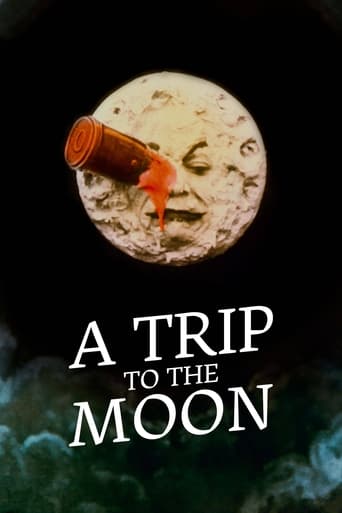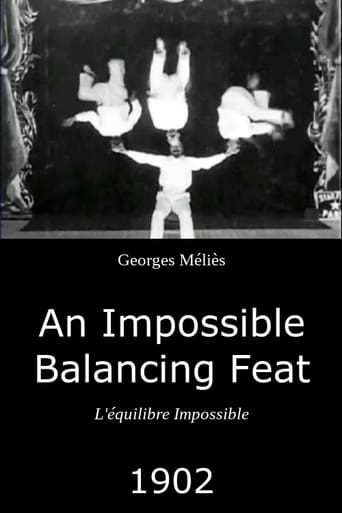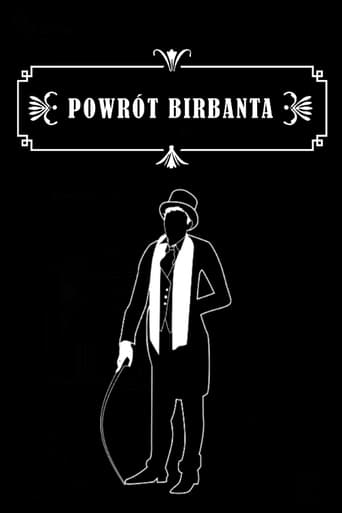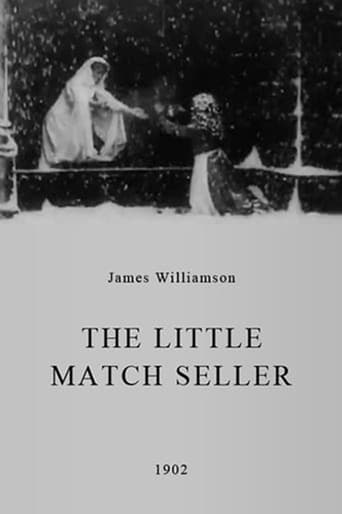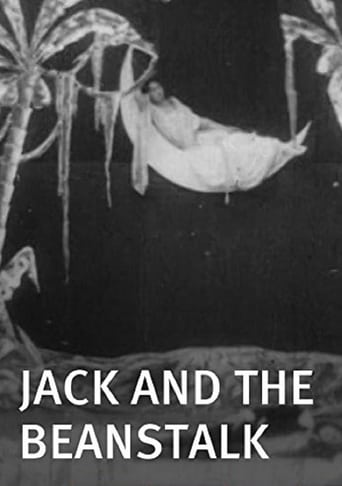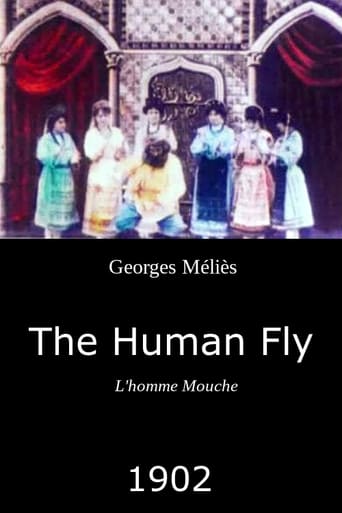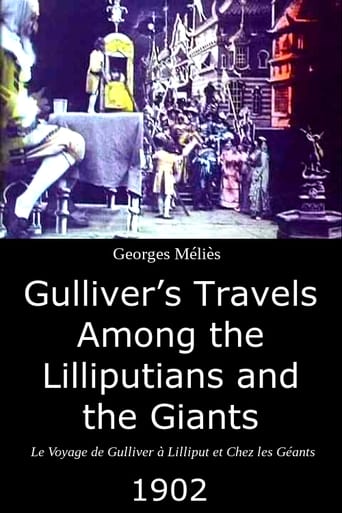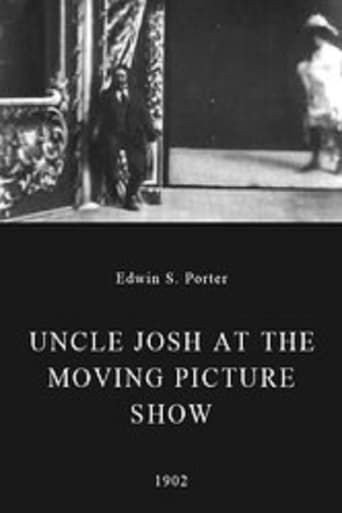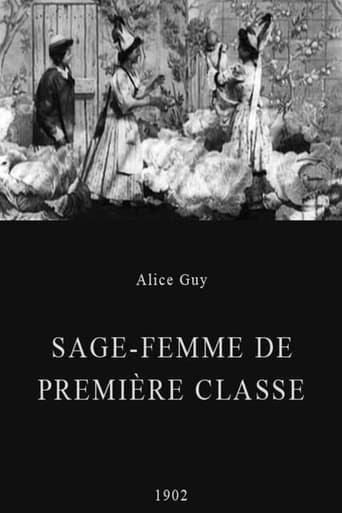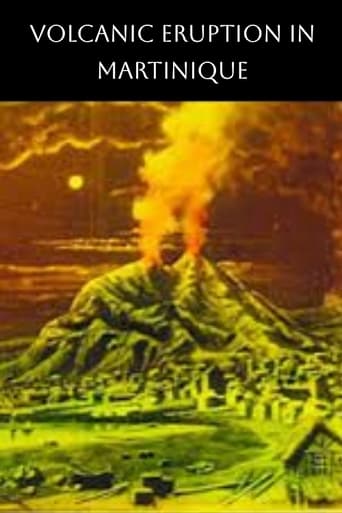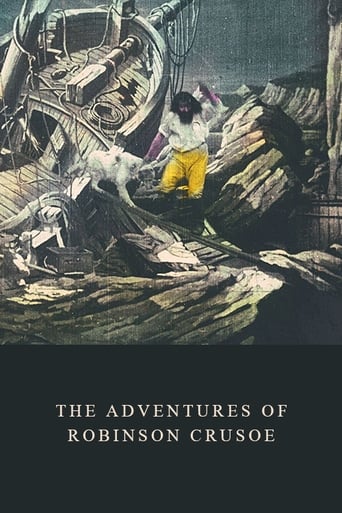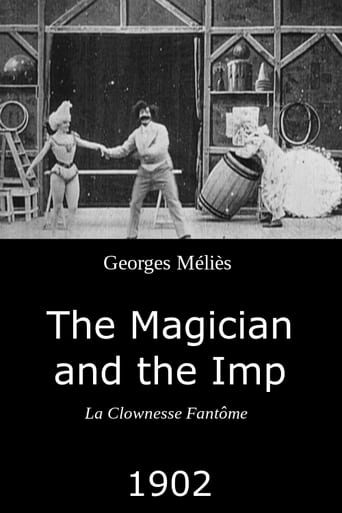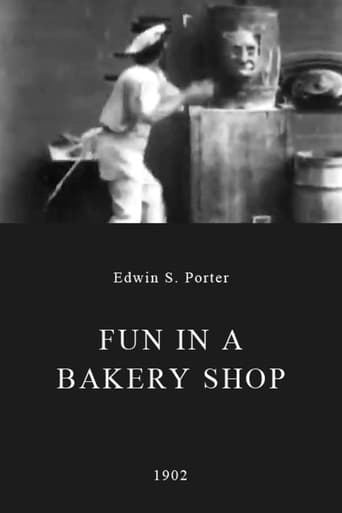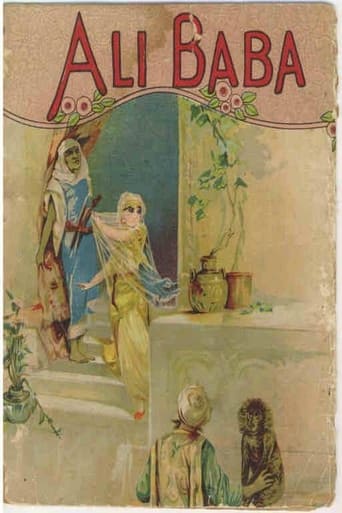Georges Méliès' adaptation of Jonathan Swift's "Gulliver's Travels" is most distinguished, today, for being a color film of the classic story. Color was rare in 1902 (and many years after) as non-tinted color has to be hand painted on the film; this was an arduous task. Also notable is the film's short running time of approximately five minutes. Much of the original work is not covered, but viewers were expected to be familiar with the story, and enjoy the filmed highlights. There are a couple of scenes missing; according to contemporary reports, Gulliver's shipwreck was certainly included. You can do a lot in a few minutes, as Mr. Méliès includes a re-make of his own "Une partie de cartes" (1896), which already looked like something previously covered by the Lumière Brothers.
